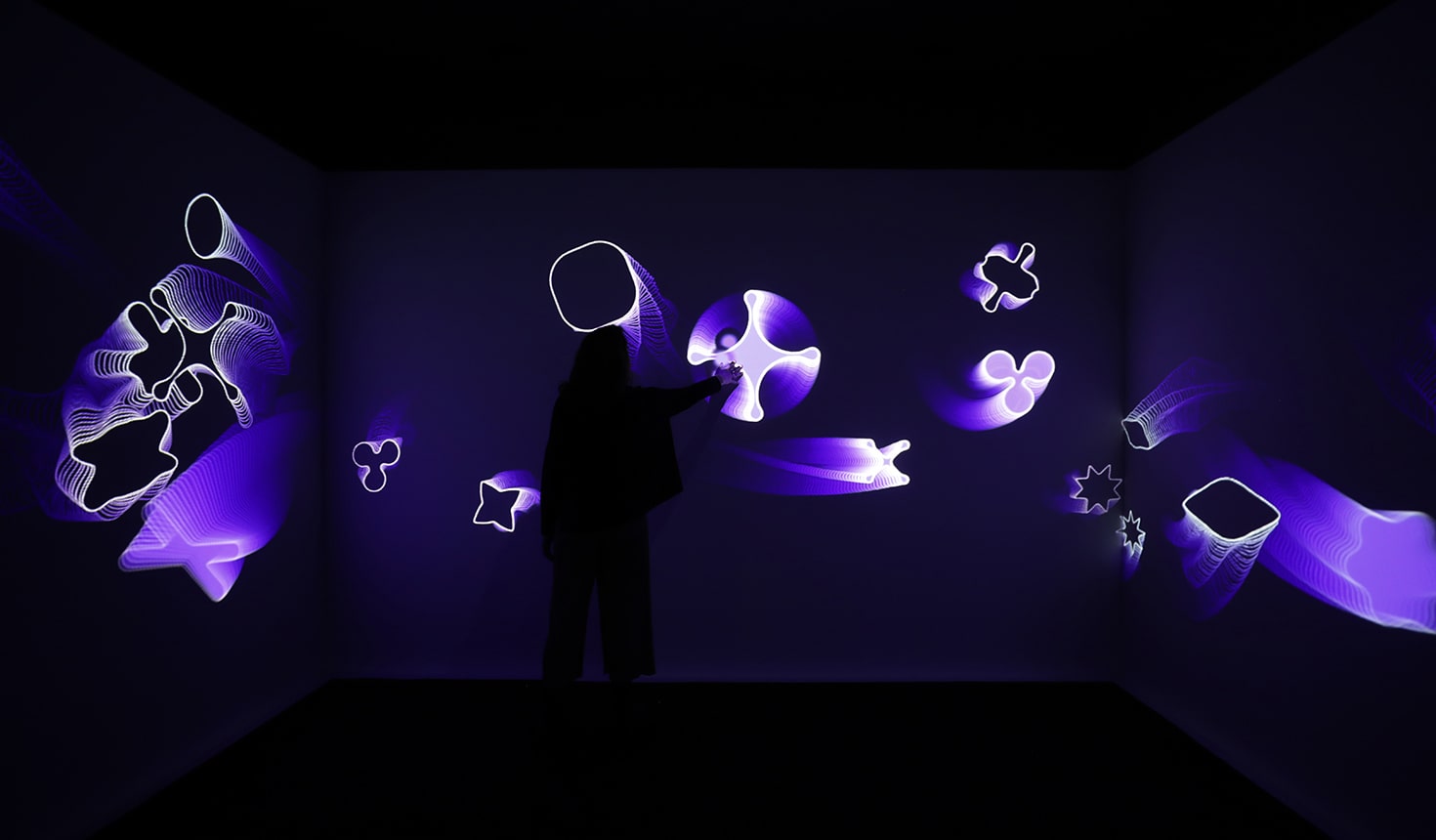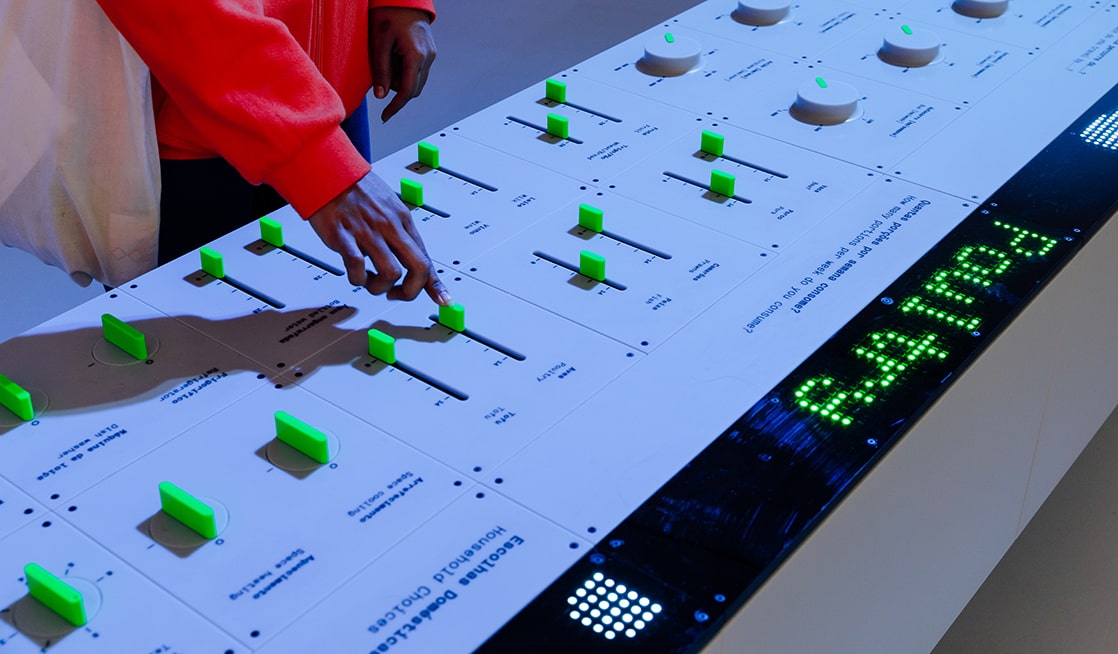ENVIRONMENT | Beyond the museum
Beyond the museum
by Cristiana Colli
The museums of the future will be places defined by storytelling, hypertext, and approachable hybrid organisms. They’ll be dynamic mise-en-scene warehouses, backdrops to innovative ways to organise knowledge, narration and stewardship. They’ll be hubs and labs for discipline-blending projects and processes; places of wonder and contemplation.‘We have 20 years of experience in interaction design. At first it was all about the element of surprise, slightly playful and a bit magical, then research and experimentation added advanced innovation to the mix, going on to communication and eventually stewardship. Technology makes it possible to convey information and facilitate access to it, and the more complex the message, the more we need to create intuitive, experiencebased interfaces in order to embrace emotions and accompany knowledge’, explained Alessandro Masserdotti.At the Little Museum of Diary in Pieve Santo Stefano (Tuscany), physical space and a digital (though not immaterial) storytelling system enliven a display that connects place, an astonishing wealth of heritage, and the more intimate side of ‘relics’, while continuously shifting perception. ‘The museum safeguards diaries as anthropological memory’, Masserdotti expounded. ‘It combines poetry, history and information, it enhances an archive and makes it accessible beyond a small circle of researchers. Engagement is a form of “strangely familiar”, which means starting from that which is perceived as familiar but also unsettling. In the first room, visitors stand before a large “library” made of drawers. The first thing visitors are asked to do is to open one, a habitual action which, however, sparks a chain of unexpected reactions: they hear the voice of an actor reading an extract from that diary, the sheets of paper around them begin flying about, they move and talk with the other diaries. That creates a magical setting able to turn visitor expectations into an experience.’It’s technology as a means, a device that expands ideas into something multisensorial and immersiveand the data are flowing highways between wonder and knowledge, science and poetry. Data in the data jungle, given that we create roughly 2.5 quintillion bytes of it every day; data which have become interstices of hybridisation with art, design and communications; ‘cold’ bytes, like storage spaces that hold them to turn them into ‘warm’ objects with a critical interpretation that influences the means and the message. Data in an ecosystem to be presided over, with an alphabet and grammar that’s entirely to be deciphered and understood, seeing as data is the new knowledge.'Kepler discovered that planetary orbits are ovoid and not perfectly circular thanks to the data shared by Tycho Brahe. It’s an extraordinary story, a foreshadowing of the big question of open data. Today we’re in a position to explore the unknown, to analyse enormous quantities of data with the aid of powerful calculators, algorithms and machine learning. With the Copernicus Programme, the European Space Agency has launched six satellites (the Sentinels, a symbolic, significant name) with the task of monitoring the state of the planet’s health. These satellites produce an enormous quantity of terabytes per day, but the wonderful thing is that it’s the largest repository of open data that humankind has ever put out there. So, even if it’s true that human actions are destroying the planet, it’s also true that we can create projects to save it, thanks to data, evidence and the knowledge we use to interpret them. Working on this at the MAAT in Lisbon has been quite a challenge’, noted Masserdotti.Representation and fruition seem to be points of view onto the same frontier. ‘Interaction completes the work. Opensource philosophy is upstream, the kind of human-centred design in which the act of planning focuses on the user. For that reason, our studies go beyond the museum and exhibition towards digital infrastructure for offices, healthcare facilities and hospitals. This changes the aspect ofauthorship and implies bottom-up practices made of listening, research and analysis’, Masserdotti concluded. No matter the context, the display of knowledge is always a display of the care put into it, a job that’s too complex to be entrusted to algorithms alone.








